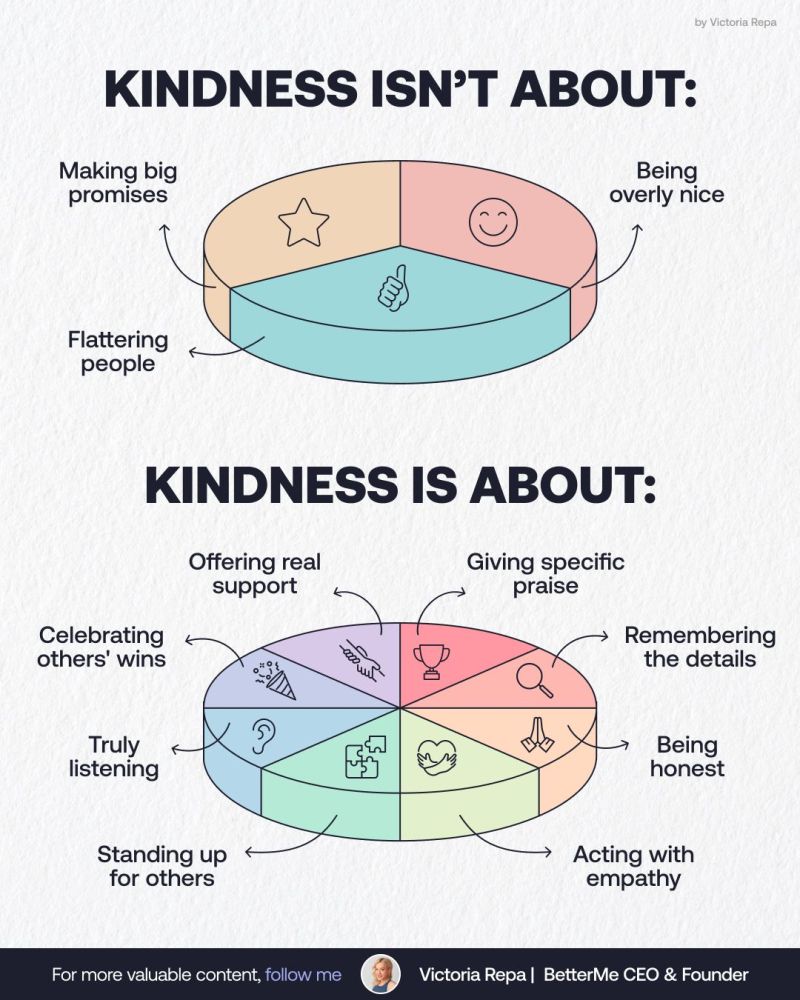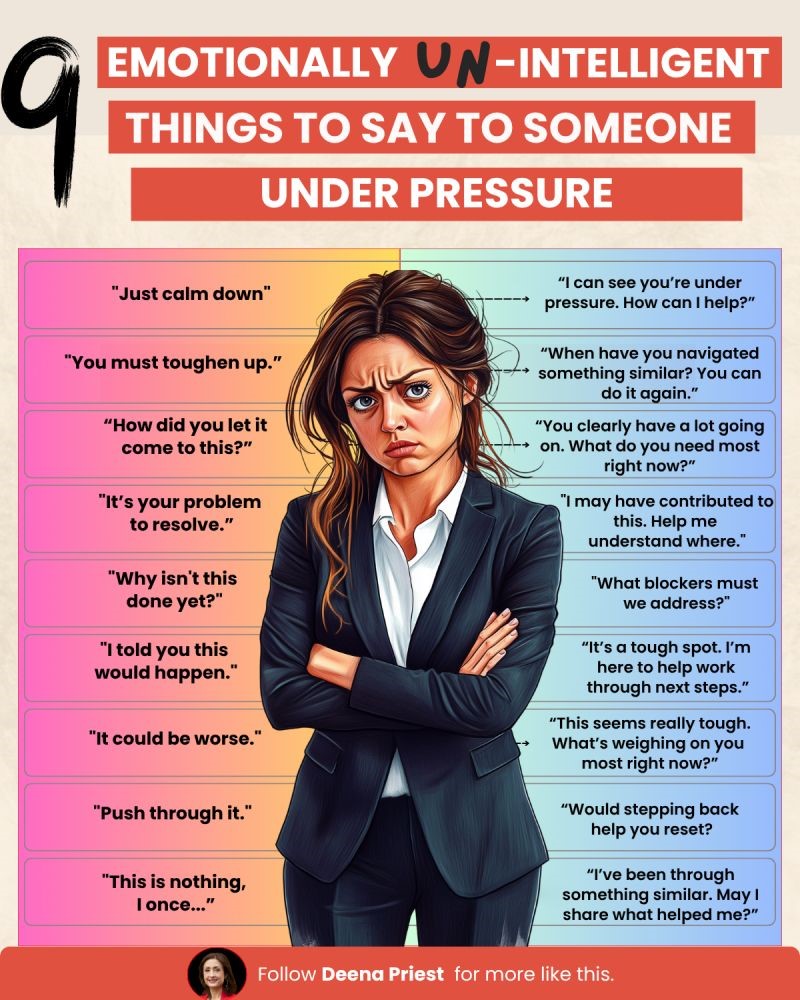3. Manage Emotional Responses and Maintain Professionalism
Let’s face it—receiving or delivering feedback isn’t always easy. It can trigger defensiveness, anxiety, or even frustration. We’re human, after all, and emotional responses are natural. But allowing emotions to take control can quickly derail an otherwise productive conversation.
The good news is that managing emotional responses and maintaining professionalism is a learnable skill. By understanding your reactions, anticipating emotions in others, and employing effective techniques to stay calm, you can confidently handle even the toughest conversations.
Here’s how to manage emotions effectively and remain professional, no matter how charged the conversation becomes.

Recognize and Understand Your Emotional Triggers
The first step to managing emotions professionally is recognizing your triggers. What situations or types of feedback provoke a strong emotional reaction in you? Awareness is key to managing these responses effectively.
Common emotional triggers:
Feeling criticized or attacked
Perceiving feedback as unfair
Receiving unexpected negative feedback
Feeling embarrassed or misunderstood
What to do:
Take a moment before responding. Notice when your emotions begin to rise, pause briefly, and acknowledge how you’re feeling internally. Simply recognizing your emotional state helps reduce its intensity.
Stay Objective—Separate Facts from Feelings
When emotions rise, it’s easy to lose sight of facts and let feelings dominate. Professional feedback conversations require objectivity. Focus on behaviors and facts rather than emotions or assumptions.
Example:
Instead of thinking, “They think I’m incompetent,” focus on the specific behaviors discussed: “They mentioned inaccuracies in my last report, and we can address those specific issues.”
Keeping your attention on concrete facts and specific behaviors helps you remain objective and calm.
Use Active Listening to Defuse Tension
Active listening demonstrates professionalism and helps defuse emotional tension. Listen closely, ask clarifying questions, and summarize what you hear. This signals respect, openness, and a willingness to understand the other person’s perspective—even if emotions run high.
Example of active listening:
“Just to clarify, are you saying my last-minute requests caused stress for the team?”
“I hear your concerns about the delays; let’s discuss solutions together.”
When people feel heard, emotions often calm down quickly.
Use Neutral Language and Tone
Your choice of words and tone can either escalate or diffuse emotions. Use neutral, calm, and respectful language—even if the other person is emotional. Neutral language creates space for productive discussion rather than heated confrontation.
Examples of neutral language:
“I understand your perspective—let’s work together to find a solution.”
“Can you help me understand your viewpoint on this?”
Neutral language and tone maintain professionalism and keep conversations constructive.
Take Breaks if Necessary
If emotions become overwhelming—for you or the other person—it’s perfectly professional to suggest a brief pause or short break. Stepping away allows emotions to settle, giving both parties a chance to regain composure and approach the conversation more objectively.
How to suggest a break professionally:
“I appreciate this is difficult. Would it be helpful to take a five-minute break and revisit this shortly?”
“Let’s pause for a moment to reflect and then continue the conversation with a clear head.”
Short breaks often prevent emotional escalation, creating room for a productive conversation.
Empathy and Respect Go a Long Way
Managing emotions professionally requires empathy and respect—both toward yourself and the person you’re talking to. Acknowledge emotions honestly, validate concerns genuinely, and maintain respect even when you disagree.
“Compare these common phrases with their more empathetic alternatives. How might these shifts in language improve workplace communication?”

Examples of empathetic, respectful statements:
“I can see this is important to you, and I want to find a solution that works for both of us.”
“I appreciate your honesty and openness about this challenging issue.”
Empathy and respect defuse tension, build trust, and keep conversations professional and productive.
Real-World Scenario: Managing Emotions Professionally
Imagine you’re receiving feedback that feels harsh and unexpected. Your initial reaction might be defensive or upset. Instead, you calmly respond:
“Thanks for sharing your concerns. Could you clarify exactly what you observed in my recent performance? I want to fully understand so I can improve.”
When the person continues, your emotions still rising, you suggest:
“I appreciate you bringing this up, and I can feel it’s important. Could we take a quick break so I can reflect on this? Then we can resume the conversation.”
After the short break, you return composed and open-minded, actively listening and responding calmly:
“Thank you for your patience—I understand your points more clearly now. Let’s discuss specific ways I can address these issues.”
Your professionalism has diffused emotional tension, kept the conversation productive, and allowed for mutual understanding and growth.
Final Thoughts: Keeping Emotions in Check
Managing emotional responses during difficult conversations isn’t about suppressing feelings—it’s about handling them constructively, professionally, and empathetically. With practice, these strategies become second nature, empowering you to handle even the toughest feedback conversations confidently and effectively.
Ready to further build your skills by navigating workplace conflict with confidence and empathy? Let’s keep building your toolkit for successful, professional, and effective communication.
